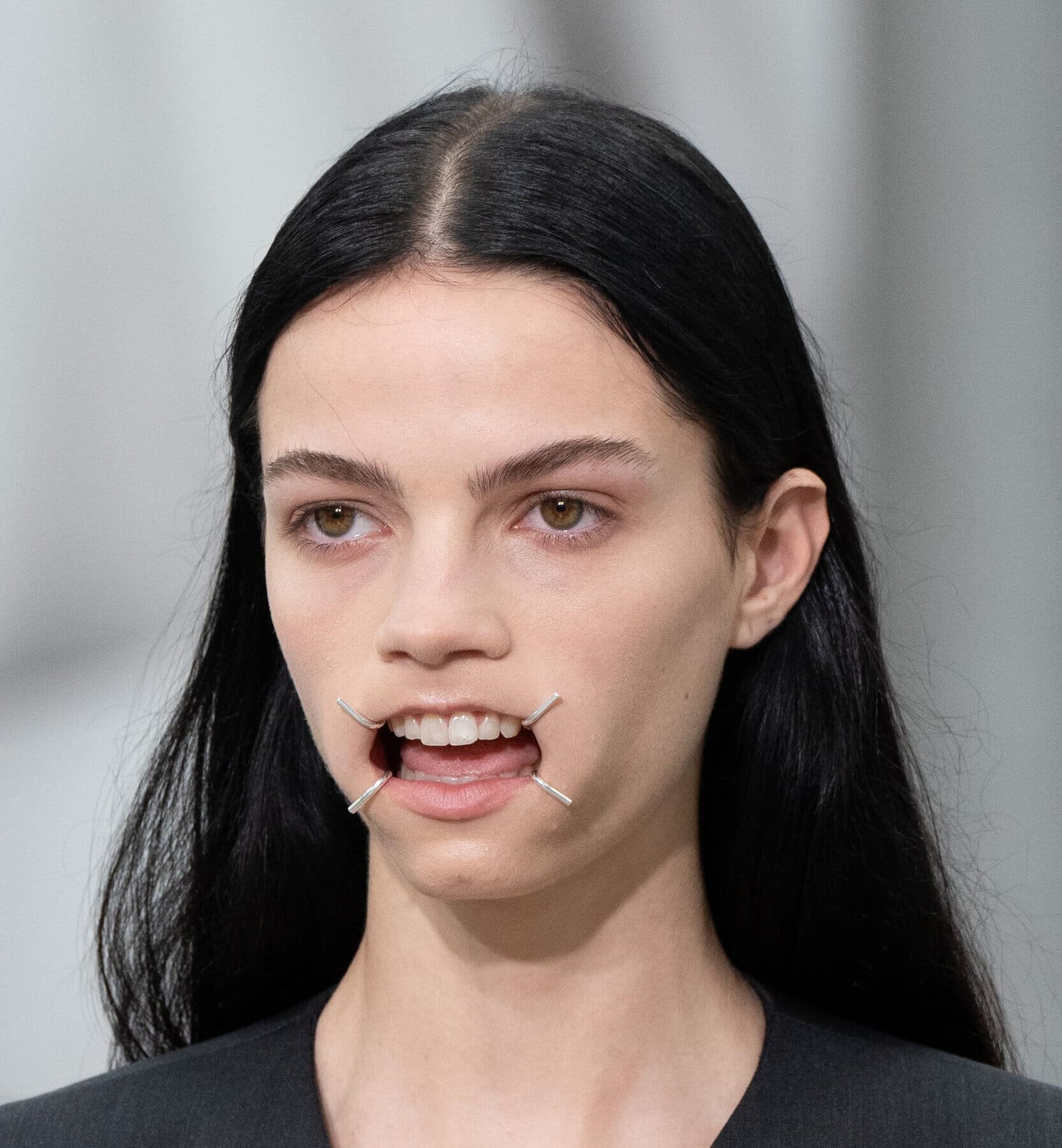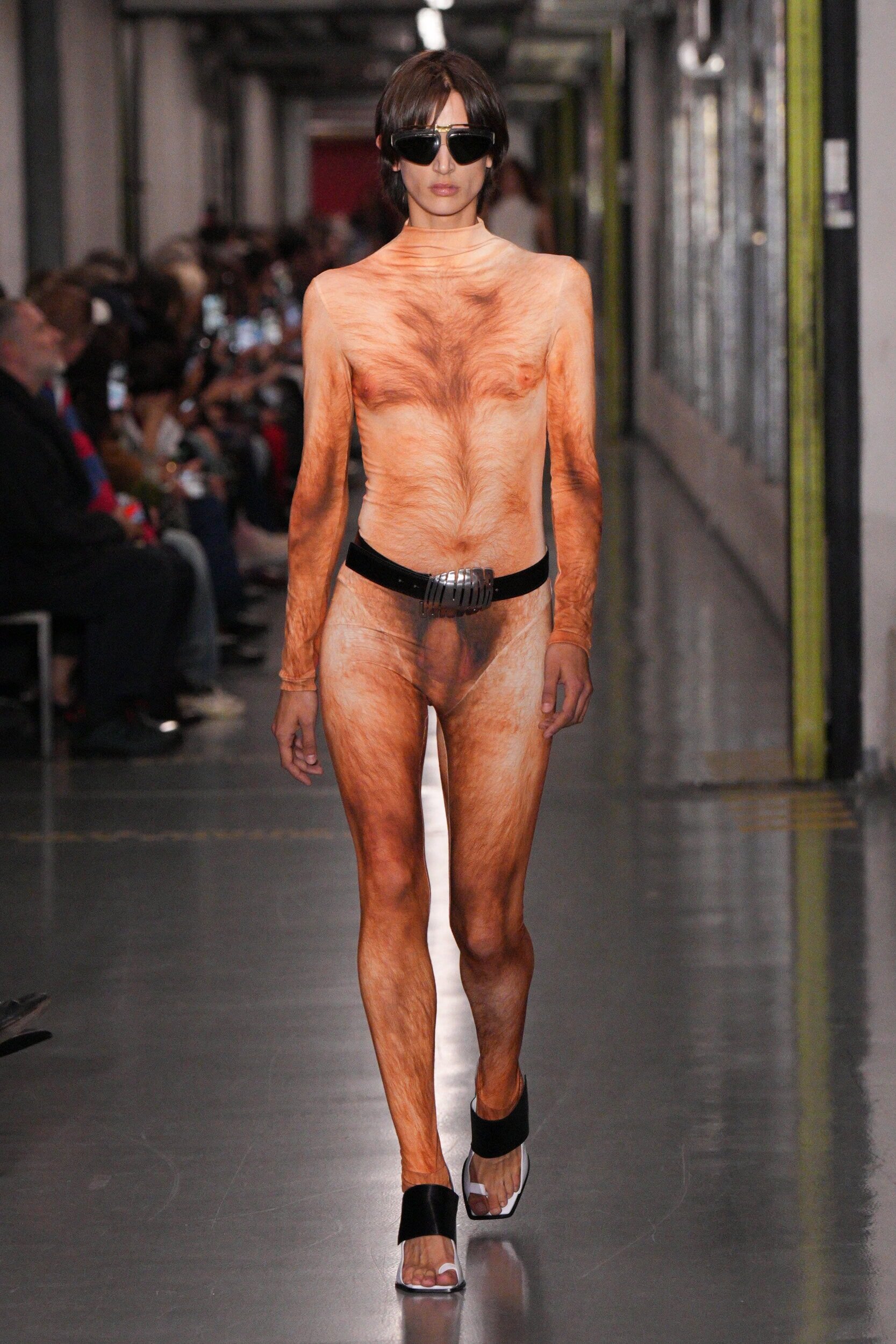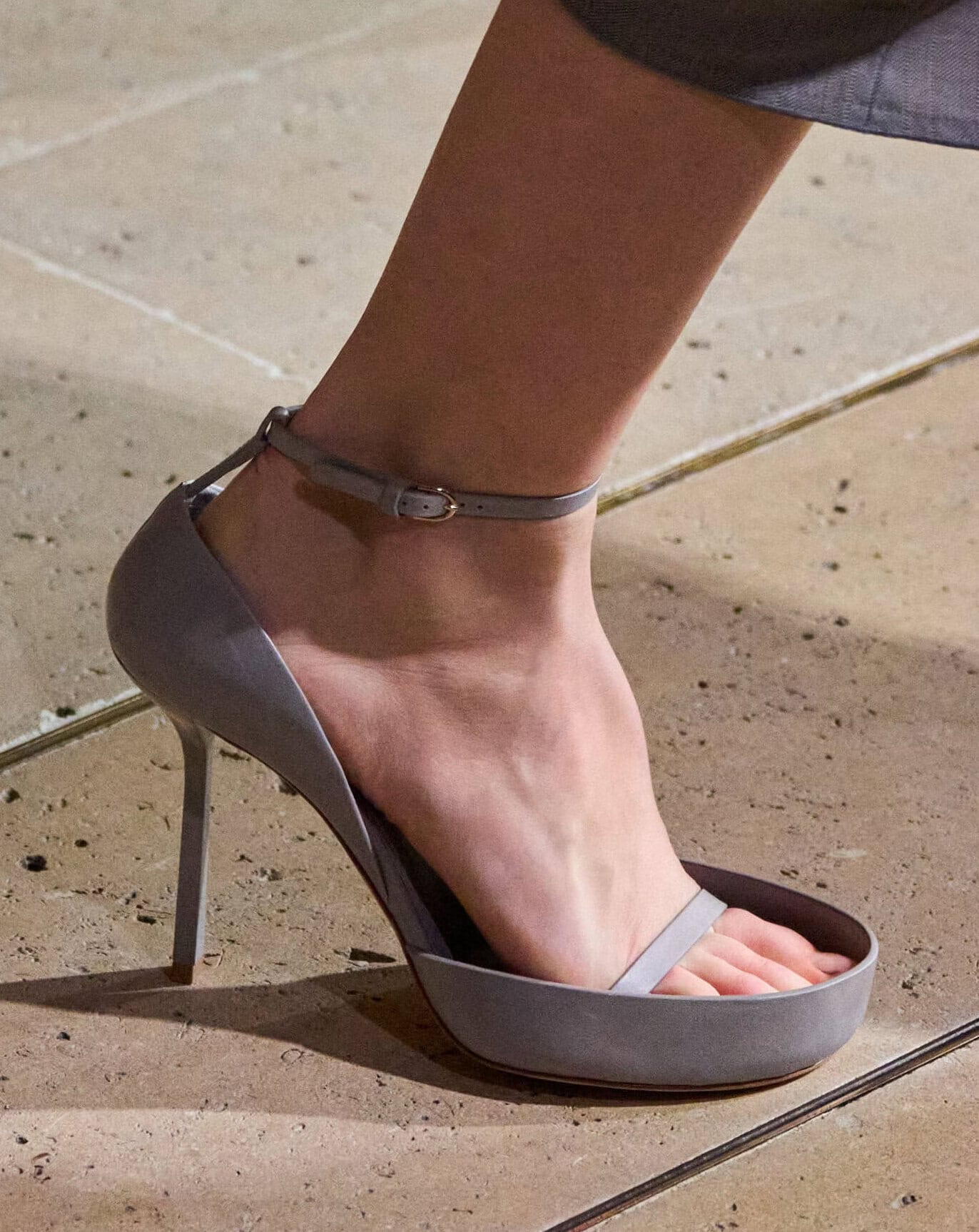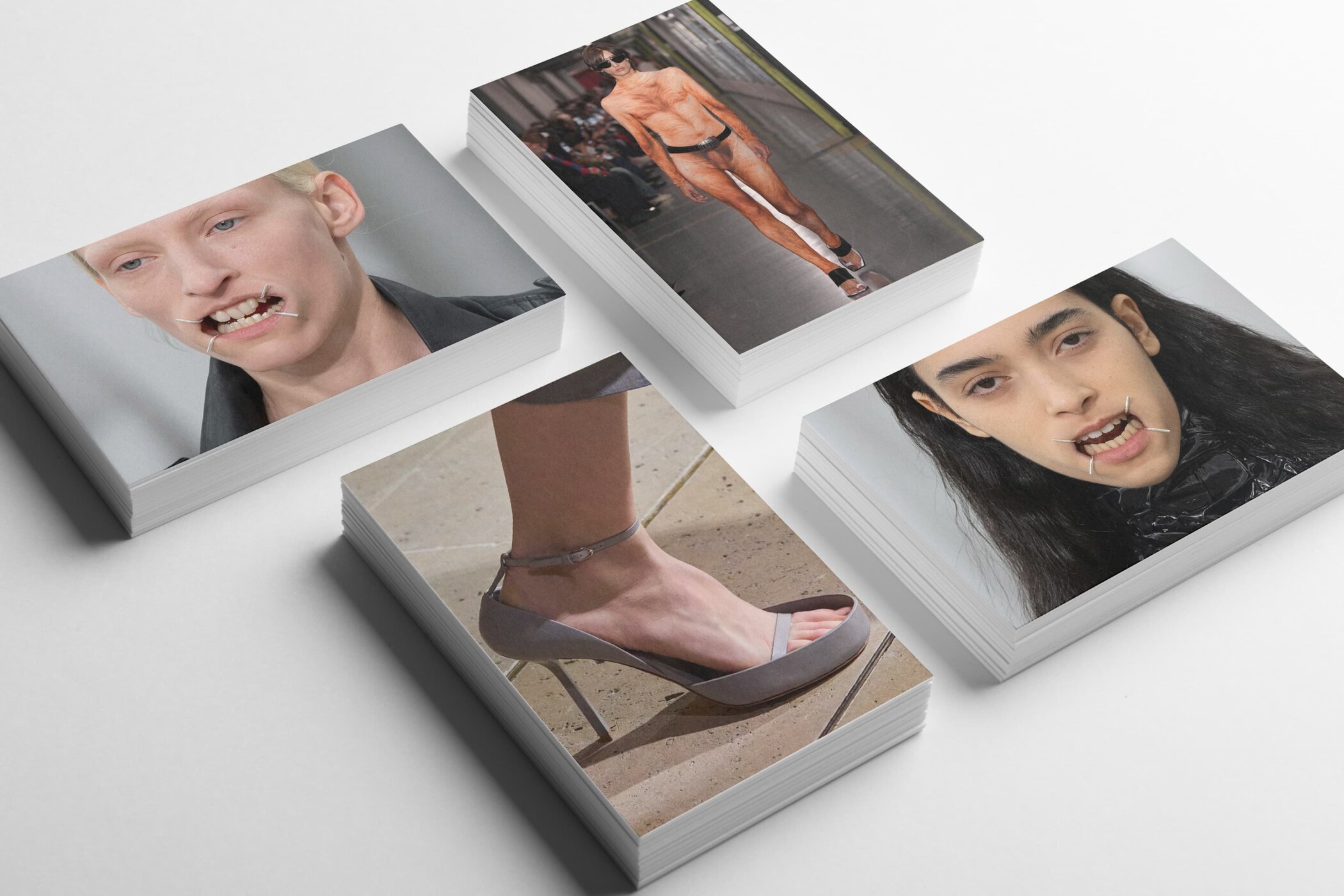A season of triumphs, tensions, and a reminder that intention matters as much as innovation
By Kenneth Richard
This season reminded us that while fashion loves drama, substance still wins the spotlight. Louise Trotter at Bottega Veneta, Jonathan Anderson at Dior, and Matthieu Blazy at Chanel each delivered work that favored craft and coherence over chaos—and the result was unforgettable.
You’ll see creative analyses spotlighting the best new voices and boldest ideas shaping the months ahead. There’s a great deal to celebrate — and even more to learn from.
Yet amid these creative highs, a few moments gave me pause. Because as much as fashion can lift us, it can also lose its footing when spectacle overtakes story.
Fashion is not a fringe pursuit. It’s one of the world’s four largest industries, valued at roughly $1.77 trillion. It shapes economies, influences culture, and reaches into nearly every life on the planet. And yet, time and again, fashion allows itself to be portrayed as unserious — a cartoon of itself.

This happens not only through how fashion is depicted from the outside — the red carpet theatrics, the memes of front-row guests — but also in what the industry sometimes chooses to put forward. When provocation becomes the headline and concept overwhelms craft, fashion risks losing its credibility as a cultural force.
At Maison Margiela, the tension was literal. A dental device was inserted into the mouths of models, pinning their lips open with metal rods — meant to echo the house’s white stitches, perhaps poetic on paper, but in practice it stripped the models of humanity. The discomfort drowned the dialogue.

At Jean Paul Gaultier, Duran Lantink’s debut took another route into theatrical extremity.
Rather than mining the archive, he imagined what lay behind it — “like Charlie and the Chocolate Factory,” he explained. What came down the runway were bodysuits printed with realistic male anatomy, including full nudity, and garments so minimal they bordered on costume. The spectacle was intact. The substance, and any clear sense of intention, far less so.
Let’s be clear: fashion has always had room for the radical. Designers like McQueen, Chalayan, and Kawakubo expanded the vocabulary of what clothing could say. But even at their most avant-garde, there was coherence — a heartbeat between fantasy and form. Today, too often, we see concept without clarity.
That’s why moments like Victoria Beckham’s recent collection matter. Her open-toe heels with a sculpted lip weren’t just clever — they were quietly human, merging function and femininity in a way that made sense. Proof that design can still be witty, elegant, and deeply wearable without shouting for attention.

Because fashion, at its best, doesn’t just provoke — it connects. And in an era where so many creative directors are tasked with producing six or more collections a year, chasing virality while selling vision, it takes courage to pause and ask: What are we really saying?
And perhaps more importantly, it takes courage for someone in the room — a stylist, a model, a CEO — to raise their hand and say, This isn’t working. This doesn’t reflect who we are, or who we want to reach. That moment of honesty, spoken with respect and intention, is how creative industries evolve.
Fashion can still be bold, strange, and poetic — but it must also remember that intention is its true luxury. Without it, even the loudest ideas fall silent.
We’ll continue to spotlight the brilliance, the bravery, and the quieter revolutions that move this industry forward. Because in the end, progress in fashion isn’t just about who makes the most noise — it’s about who makes it mean something.
Best regards,
Kenneth
